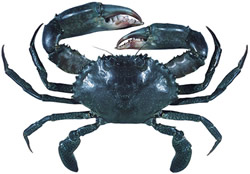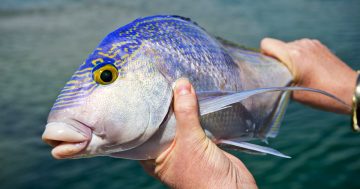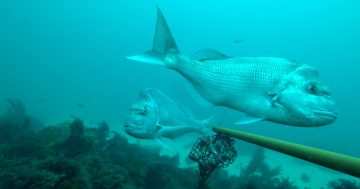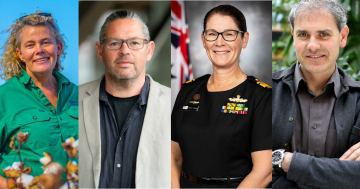 Recreational and commercial fishers have been invited to become ‘citizen scientists’ to help the Department of Agriculture and Fisheries (DAF) launch a new research project to understand mud crab populations better.
Recreational and commercial fishers have been invited to become ‘citizen scientists’ to help the Department of Agriculture and Fisheries (DAF) launch a new research project to understand mud crab populations better.
Principal Fisheries Scientist at the Department, Julie Robins said that although the fishers were prohibited from possessing female mud crabs they could help researchers understand more about them.
“The data on the mud crab in Queensland is limited,” Dr Robins said.
“We know they are subject to heavy fishing pressure in some regions and to black marketing, and their populations are affected by environmental events like floods and prolonged droughts with excessive temperatures,” she said.
“But we don’t know enough about many aspects of the mud crab life cycle in Queensland (east coast and Gulf of Carpentaria), such as how many mud crabs there are, how many females compared to males, and where females go to spawn.”
Dr Robins said the researchers wanted to identify where migrating females released their eggs and what proportion of them returned to estuaries after spawning.
“Fishers in Queensland and New South Wales can help by reporting sightings of egg-bearing female mud crabs to us,” she said.
Dr Robins said the research project would help assess and manage Queensland mud crab fisheries into the future.
She said the ongoing research and monitoring program would bring mud crabs into line with other fishery species regularly monitored by the Government and also inform decision-making in a harvest strategy.
She said the four-year research project being led by DAF was co-funded by the Fisheries Research and Development Corporation and was in collaboration with Central Queensland University and the New South Wales Department of Primary Industries.
Dr Robins said that to report an egg-bearing female mud crab, a fisher need only take a photo, record the location and date, and report the observations by email to [email protected] or phone 13 25 23.











